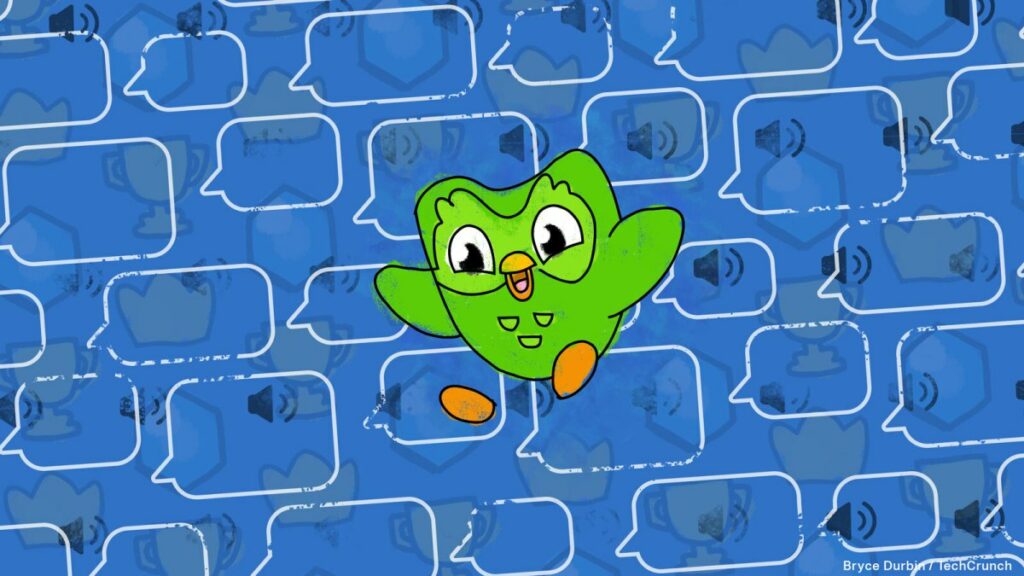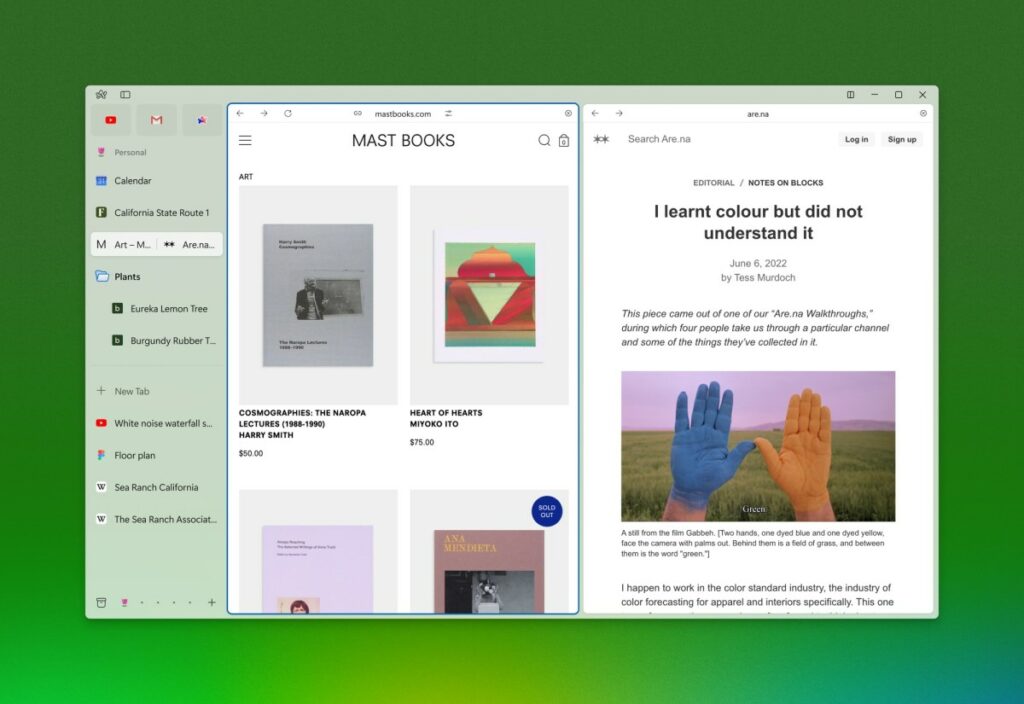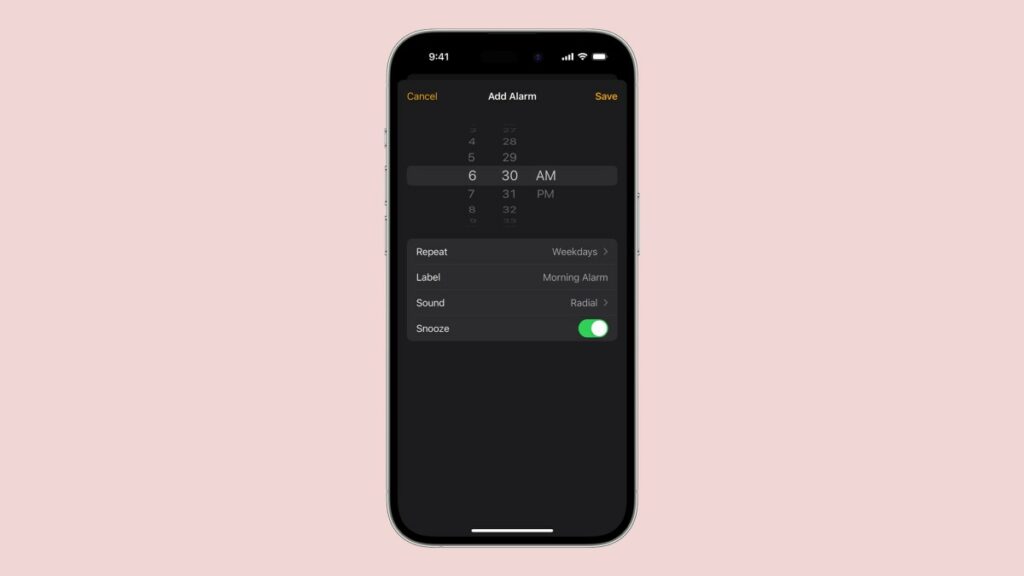Language-learning app Duolingo has made its second acquisition in the design space following its 2021 IPO. On Tuesday, the company announced that it has completed a deal to buy the Detroit-based animation and motion design studio Hobbes.
The studio had been working with Duolingo for over a year to develop several features, including its newer product, Duolingo Music, and other animation design systems, product architecture and more. With the deal’s closure, Hobbes’ 12 designers, motion animators, creative strategists, creative directors and producers will join Duolingo full-time to form the company’s first-ever dedicated motion design team.
The team will remain in Detroit, where their office is located across the hall from Duolingo’s Detroit office, nearly doubling the size of that office, the company notes.
The deal price was not immediately available, but the acquisition was for cash plus equity awards for the acquired team. Duolingo characterized the deal to TechCrunch as more of an “acqui-hire.”
Prior to this, Duolingo in 2022 had acquired Gunner, another Detroit-based animation and motion design studio that worked on game mechanics to make the app more fun and engaging. Design and animation are core to the Duolingo experience, which makes learning a new language or skill more like a game rather than a task to be dreaded.
“Design is a critical part of Duolingo’s success, particularly our use of character illustration and animation, which really accelerated since adding Gunner to our team. Now we’ll be able to accelerate our use of motion-design by adding Hobbes’ unique talents to our Design team,” said Duolingo Chief Design Officer Ryan Sims in a statement. “We’re investing in the belief that a more animated product experience is more fun and delightful, and leads to better learning outcomes.”
In addition to now having a dedicated motion-design team in-house, Duolingo says that Hobbes’ designers will help bolster the company’s animation pipeline, improve its UX and deepen the ways in which learners interact with its product.


